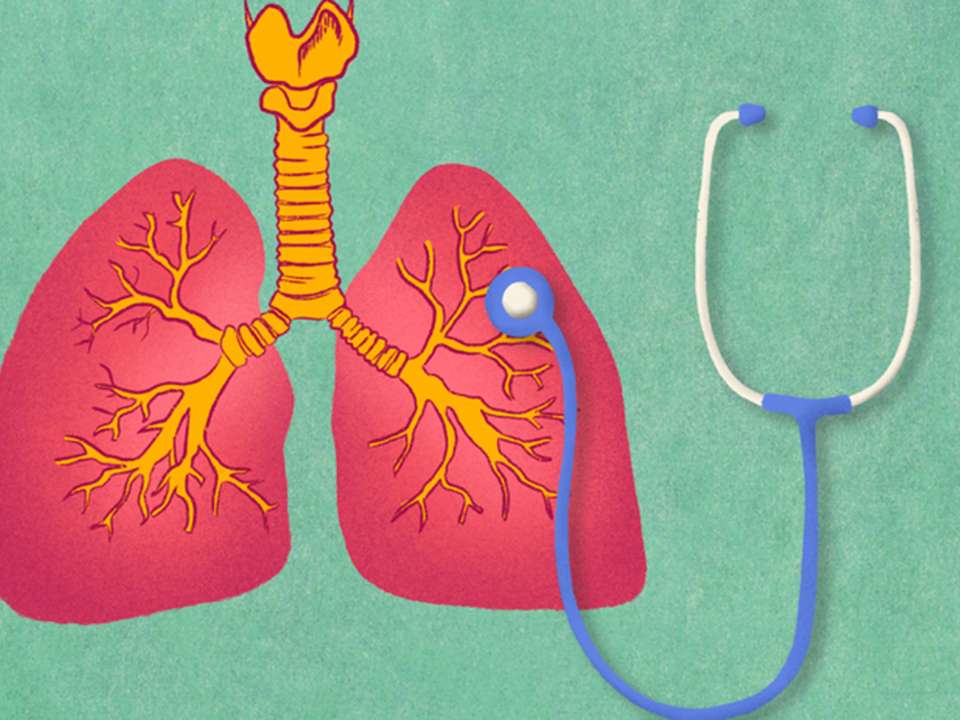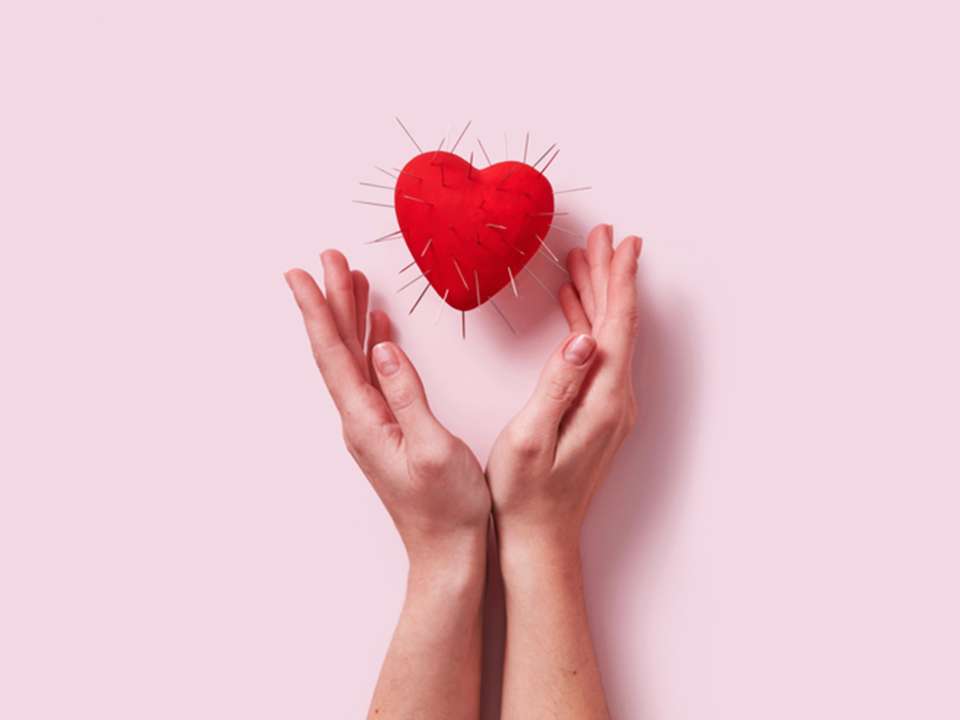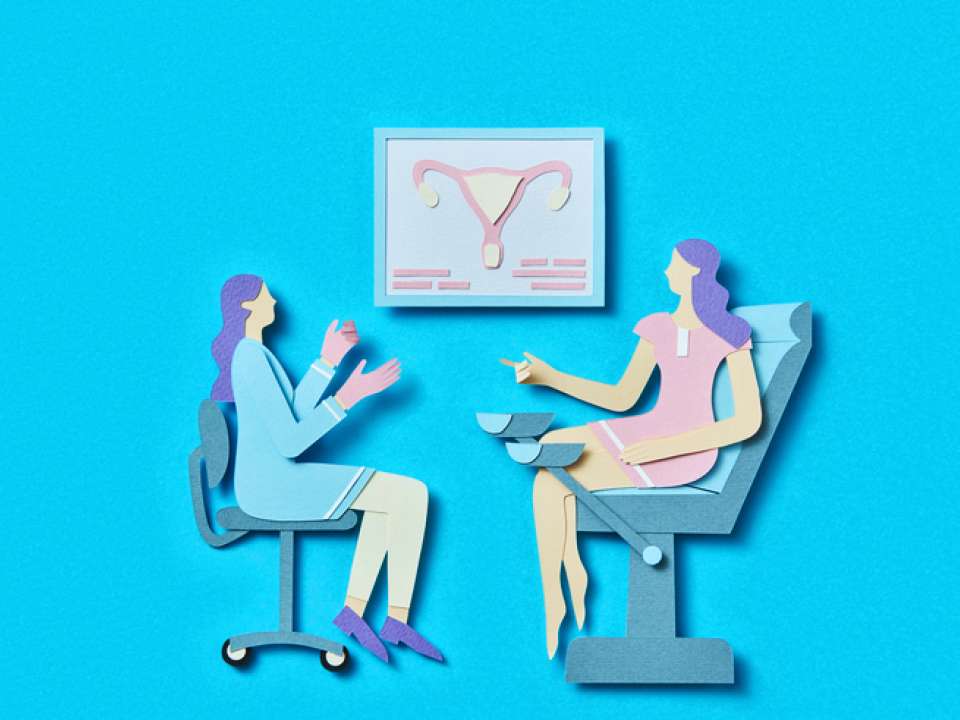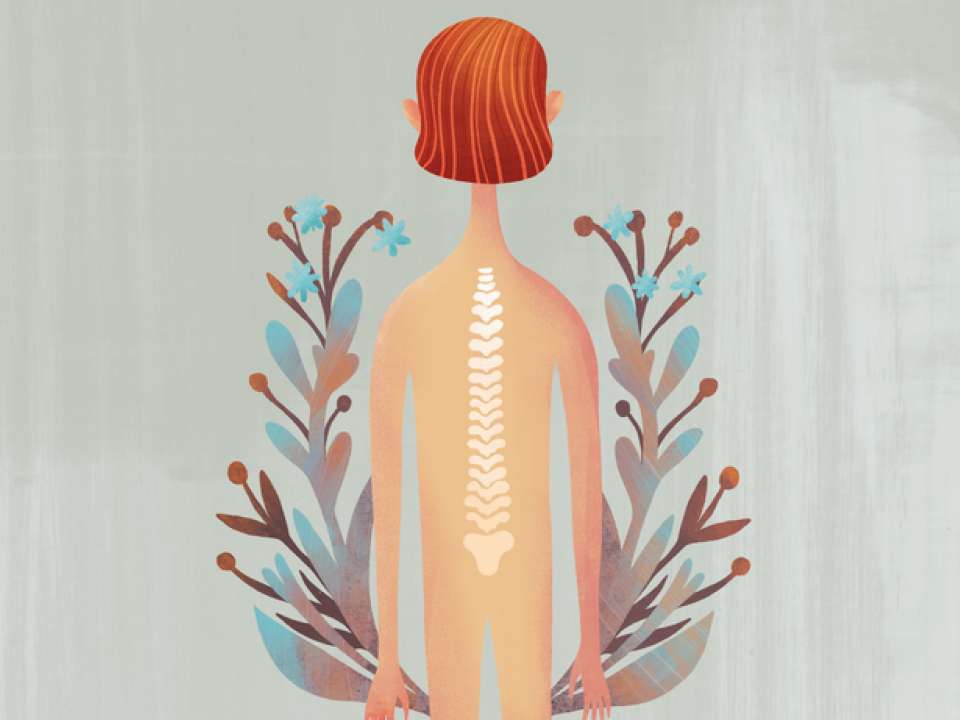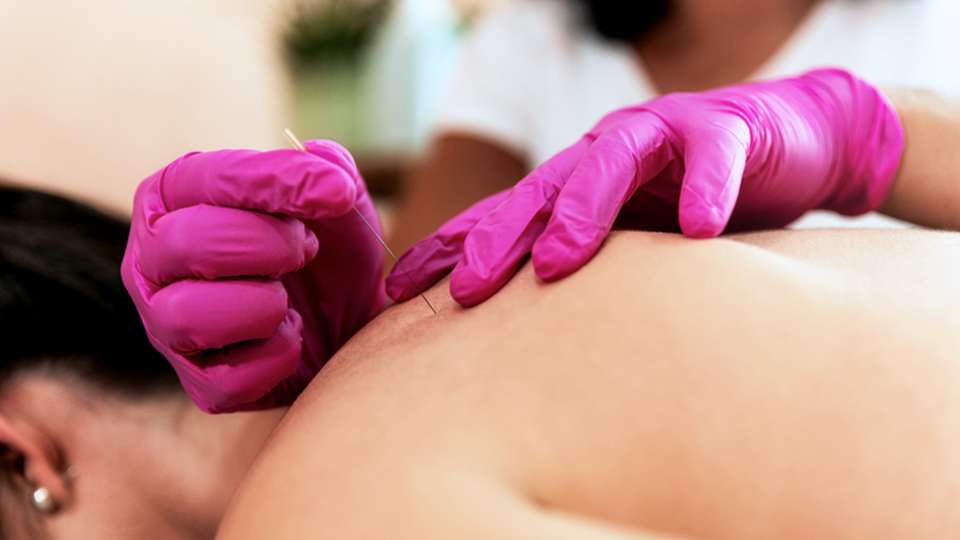
Cancer screenings, vaccines, physical therapy, surgery, medications and more — medical experts have developed a multitude of ways to help you fight disease, treat injuries and care for your health. But despite how common these practices are now, not all of them were immediately accepted at first.
One such procedure that’s only recently gained more recognition in the Western medical community? Acupuncture.
“There’s a misunderstanding that acupuncture is based on some strange concept of energy that we don’t understand,” explains Dr. Iman Majd, a family medicine doctor and licensed acupuncturist who sees patients at UW Neighborhood Factoria and Ballard Clinics. “In reality, it has its own pathology, physiology and philosophy. There’s data and evidence to support its efficacy.”
So if you’ve been curious about trying acupuncture or just want to find out more about how it works, here are the basics of this ancient practice.
What is acupuncture?
Acupuncture is a medical procedure when a practitioner inserts hair-thin needles into various parts of your body. It’s a form of traditional Chinese medicine (TCM), a type of medicine that dates back some 3,000 years.
“It’s the concept of bringing health and balance into the body by putting needles into specific places in the body,” Majd explains. “Historically, acupuncture was always used in conjunction with herbal medicine and lifestyle modification.”
While skeptics might be inclined to lump acupuncture in with pseudoscientific practices — techniques that have little to no scientific backing whatsoever — acupuncture has solid research behind it, Majd notes.
A study published in one of the most well-respected medical journals in the country says that acupuncture may help treat chronic pain. And the National Center for Complementary and Integrative Health, part of the National Institutes of Health, notes acupuncture may help ease chronic pain, tension headaches and migraines.
Although the number of acupuncture sessions you may need varies depending on your specific health concerns, sessions generally last between 45 minutes and an hour.
“The needles have to be in the body for usually 20 to 45 minutes depending on the condition being treated,” Majd explains. “And then, of course, time will be spent beforehand to assess your condition and formulate a treatment plan.”
How does acupuncture work?
Part of the reason why acupuncture hasn’t made it into mainstream medical circles until recently is because experts are only just beginning to understand how it works.
According to TCM philosophy, everything in the world needs to be in harmony, and issues arise when things are thrown out of balance. So when it comes to your health, TCM believes that something has caused an imbalance in your body, and acupuncture can help bring it back into proper working order.
Needless to say, this philosophical concept can be tough to translate into Western medical terms. In that sense, there’s still quite a bit of discussion about how exactly acupuncture works, Majd says.
“Some theories say that by inserting a needle into the body, you’re increasing production of neurotransmitters like dopamine and serotonin or stimulating the function of the immune and nervous systems,” he explains. “There’s no one definitive answer to how acupuncture works and that’s where there is a lot of debate going on.”
What is acupuncture used to treat?
While there are still unknowns about how acupuncture works exactly, the results are more widely studied.
“There’s good data that acupuncture works well for pain management, like lower-back pain, knee pain, migraines and musculoskeletal pain, as well as psycho-emotional issues like anxiety and depression,” Majd says.
Acupuncture is also commonly used to help treat insomnia, digestive issues, respiratory issues and, more recently, infertility.
It’s important to note, however, that acupuncture is not a replacement for other medical treatments.
“Think of it like adding to your toolbox of effective treatments,” Majd explains. “It’s an adjunctive treatment that can complement what you’re already doing. We’re not telling you to stop your chemotherapy, but we are saying that acupuncture can help with the side effects of chemotherapy like nausea, fatigue and anxiety.”
And while modern acupuncture is often used to help treat a specific issue, it hasn’t always been that way. Traditionally, it was used as part of a holistic treatment to promote overall health and well-being. For some patients, this ends up being their long-term approach.
“I have patients come get acupuncture for a very specific reason, then they notice, ‘I’m feeling better in general’ and start coming on a regular basis,” Majd says. “They’ll come in every few weeks for a tuneup.”
What are the side effects of acupuncture?
When done properly, acupuncture is a safe procedure with few side effects.
“It’s very safe, but because the skin is getting penetrated, you might feel a sensation of pain or some light bruising to the area,” Majd explains.
You may also experience soreness where needles are inserted, but this usually will subside after a day or so.
What should you look for in an acupuncturist?
Whatever your reason for getting acupuncture, the most important thing is to find an acupuncturist who has proper training.
That’s either a physician who is board certified in acupuncture, like Majd, or a licensed acupuncturist who goes through hundreds of hours of training.
You can ask your doctor for a referral or search the National Certification Commission for Acupuncture and Oriental Medicine for a licensed acupuncturist who lives in your area.
The bottom line
Acupuncture has come a long way in recent decades. What was once a misunderstood practice is now slowly becoming more accepted in Western medical circles and also covered by many health insurance plans.
“When I started in 2012 doing acupuncture at UW Medicine, there was this ‘hush hush’ feeling about it,” Majd says. “Now I’m getting referrals from everybody, from neurosurgery to sports medicine. It has been many years in the works to get to where we are now, with a mutual understanding and trust between the acupuncture community and medical field.”

 Healthy ideas for your inbox
Healthy ideas for your inbox
